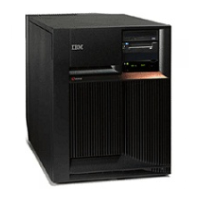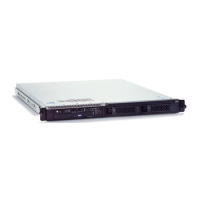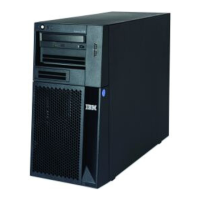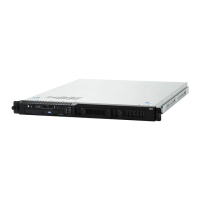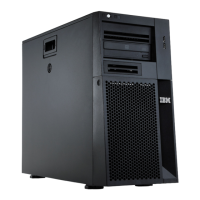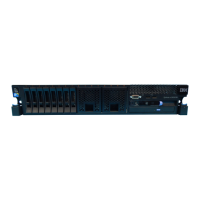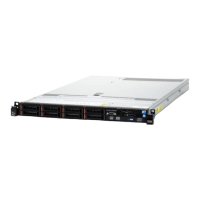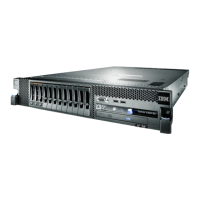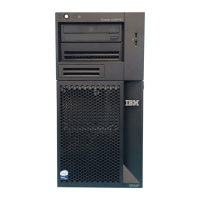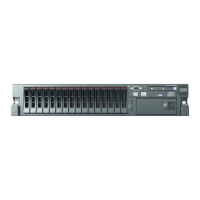Operating System/400, 5769-SS1
452 AS/400e System Handbook
function allows an image from a workstation to be displayed on another. This can be used
when a departmental user requires support from a help desk or in conjunction with IBM
Electronic Customer Support. Other assist menus, such as the Operational Assistant,
help in day-to-day tasks and clean-ups.
A standard communications line is included with all AS/400 systems. When supplied as a
V.24 standard, the line is intended for Electronic Customer Support to enable customers
to sign on to remote systems for support from Business Partners or IBM. On some
systems, a V.90 adapter is supplied with a second WAN port, which supports traditional
ECS connections. In either case, a chargeable cable and modem are also required.
If a hardware or software problem arises, PTFs can be downloaded to the AS/400 system
to assist in problem determination and resolution. The line can also be used for IBM
Electronic Service Agent for AS/400, where the AS/400 system initiates a call to an IBM
service center at a prearranged time for its error logs to be checked and to enable service
actions to be taken, often before the customer is aware of the existence of a problem.
PTFs can be downloaded from the Internet using a PC with Windows 95, 98, or NT that is
connected to an AS/400 system through TCP/IP and the Internet. Configuration and
setup information is documented at the Web site:
http://as400service.rochester.ibm.com
Except for the medium of transport (Internet), the functionality of Internet delivery is the
same as the ECS method of transport. The user selects the PTFs and options using a
Web browser and submits the order. At the referenced Web site above, the user can also
search on PTF cover letters and read them before the order is placed.
The same entitlement rules that apply on an ECS connection are enforced for the Internet
transport. In other words, if a user can acquire PTFs electronically over the ECS, they can
acquire PTFs over the Internet.
• Security
Within the AS/400 system, a level of security can be chosen to meet a customer's need.
These levels range through:
– Minimal security: Where no passwords are used and any user can perform any
function.
– Password security: Where passwords are used to provide access to the system, but
any user can perform any function once they are signed on.
– Resource security: Where passwords are required and object usage can be
controlled. Users can be restricted to specific functions.
– Resource security and operating system integrity: Passwords are required and
object usage can be controlled. Users can be restricted to specific functions, and
using unsupported interfaces is restricted.

